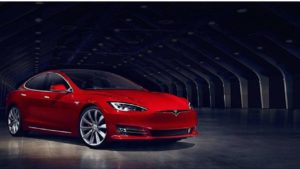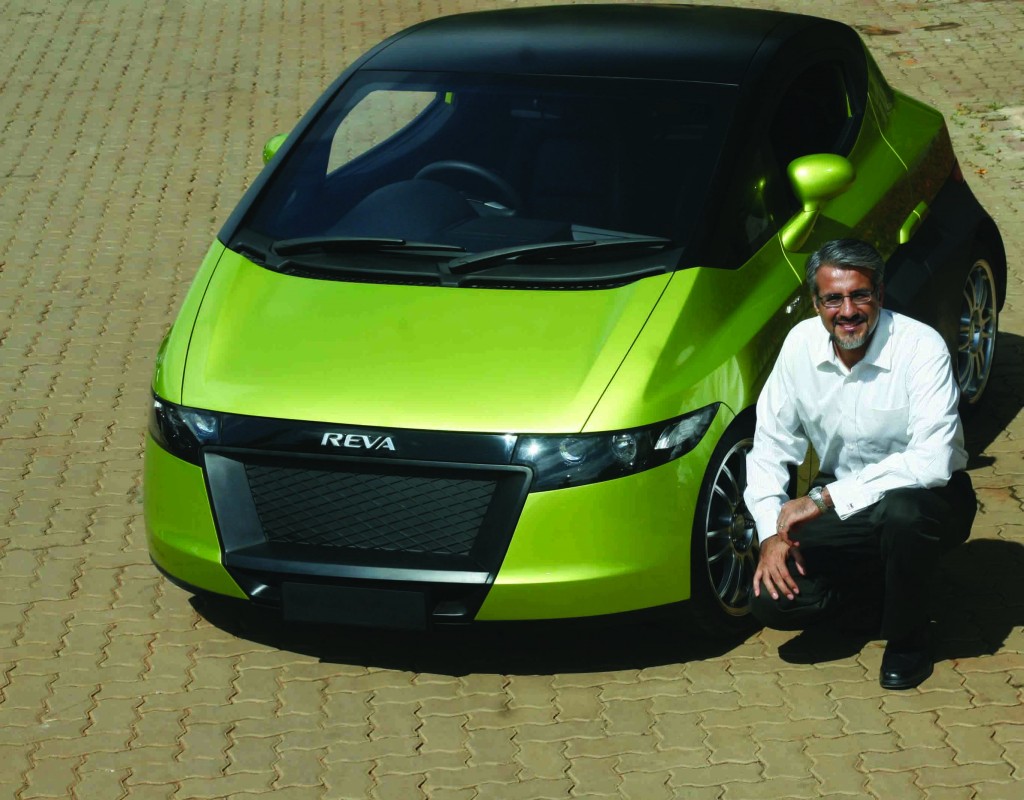Tata Motors has announced its country’s first-ever long-range electric sports utility vehicle (SUV) Nexon EV, which has been scheduled to be propelled by January next year.
The electric vehicle, valued between ₹1.5-₹1.7 million (~$21,102-23,916) for various variations, is powered by a 129 PS (Pferdestärke) or 127.2 brake horsepower (BHP) permanent- magnet AC engine with a high capacity of 30.2 kWh lithium-ion battery and is supposed to give a driving range of more than 300 kilometer on a solitary charge.
Fueled by the organization’s patented Ziptron technology, the Indian carmaker guarantees that the electric engine in the vehicle can deliver up to 245 Newton meters (Nm) of instant torque from a halt. Torque is a measurement used to gauge the pulling intensity of cars – the higher, the better. The vehicle can quicken from 0-100 Km for per hour (kmph) in 9.9 seconds, as per Tata Motors.
The most highlighted and chief characteristic of EVs is their capacity to deliver peak torque throughout the engine’s revolution range, unlike combustion engine-based vehicles with their complex gearboxes, which take into account the most extreme torque to be conveyed at specific points in the revolution range.
This is presumed to interest car admirers who have censured EVs for being exhausting and ailing in personality, which are immaterial attributes typically connected with motor commotions and quick increasing speed.
The electric car industry a few years back was not considered and attracted a lot of investors until the U.S.- based EV maker, Tesla Motors, shook up the market with the launch of its Model S, an electric car for the mass market.
The Model S which completely succeeded in attracting the car lovers with its impressive performance and looks, advanced technology and features turned out to be a major EV revolution in the country. Its previous model, the Tesla Roadster, which was aimed squarely at premium sports car enthusiasts also turned out to be a major success in attracting premium sports car enthusiasts.
Government activities like the FAME-India program, as of now in its subsequent stage, have been pushing for the selection of EVs in the nation. Up until now, 285,000 purchasers of electric and hybrid vehicles have profited by the endowments given under this program to the tune of ₹3.6 billion (~$50.2 million).
The launch of the Tata Nexon EV is an indication that Indian car producers are persuaded enough to get on board with the electric vehicle fleeting trend with the desire that the section is set to boom.


